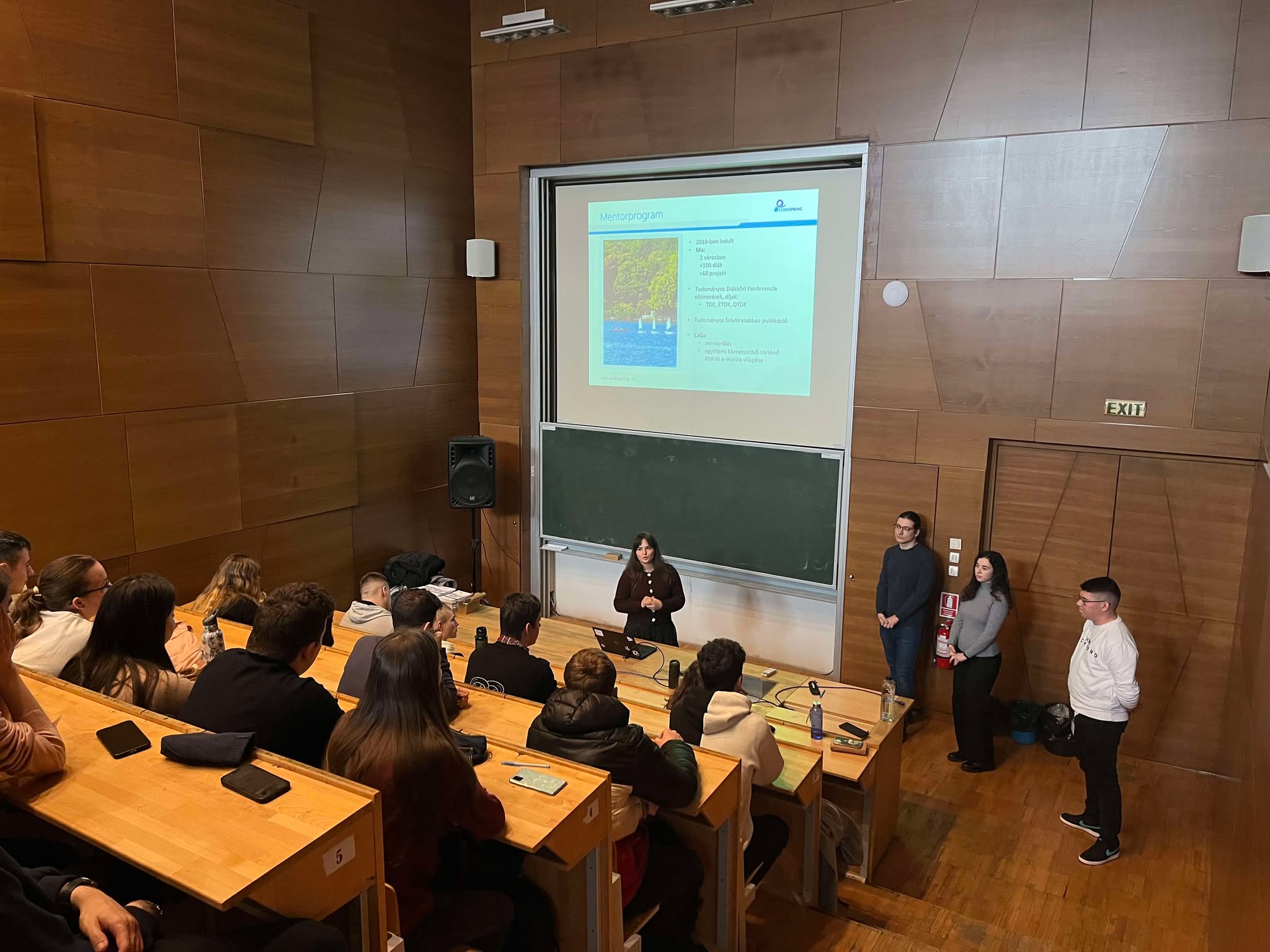
The Internet of Things: A New Model
First, one should understand the degree to which IoT is changing our model of interacting with the Internet. The major aspect is that now things will communicate with things across the Internet, processes can interoperate at local and global level. Preset rules for devices and systems will result in automated decisions and actions, without a human intervention.
Java and IoT: Back to the Roots
If we should mention an essential trait of IoT, that would be interoperability: multiple and diverse devices working together in a coordinated manner. On the other hand, if we should name the main characteristic of Java, that would be platform independence. Java was created exactly to connect different devices, from different suppliers, running on different operating systems.
IoT stands on a convergence of old and new hardware platforms, M2M computing, big data and cloud computing, linked by various APIs. In order to provide an integrated, secure and comprehensive platform for the Internet of Things architecture, Oracle launched Java IoT Platform including Java ME, Java ME 8, and the three embedded frameworks: Java ME Embedded, Java SE Embedded, and Java Embedded Suite.
Java – Predestined to Lead in IoT
Due to its platform independency, Java is behind the internet, the banking systems and the retail enterprise. By design, Java provides a consistent architecture that enables the creation of vertical applications crossing data from collection at the edge nodes (with Java ME), to the gateway communication layers (using Java SE) and up to the cloud for processing and management (with Java EE).
As Mr. Károly Simon, Ph. D. – specialized in Java technologies, explains: “Java works well both on computers of different sizes and boards such as RaspberryPi. It also works effectively with Arduino and tools such as NetBeans. The embedded space offers great opportunities for developers and Java offers appropriate support. It is of great importance that developers that have programmed for enterprise can shift their knowledge to embedded using the same architecture, communication and security protocols. This enhances flexibility and scalability.”
Embedded Systems Take the Lead
Smart homes, autonomous manufacturing, industrial automation, smart cities and edge computing rely on two major pillars: embedded systems and Internet. This megatrend of automating and miniaturizing every possible device is actually possible due to embedded systems. On top of it, there is a major constraint that must be met by leading systems: real-time performance.
Due to the increasing Internet of Things applications, embedded versions of Java have been enhanced and there is work undergoing for JDK9. IoT applications by definition have to be portable across a broad range of processor types, thus Java wins in relevancy.
Oracle’s Java – available in different configurations to address specific devices and markets— provides a complete, secure platform for building embedded solutions:
• Oracle Java ME Embedded for small and medium devices
• Oracle Java SE Embedded for medium and larger devices and gateways
• Oracle Java Embedded Suite for increased intelligence on gateway devices
• Java Card for secure, easy-to-use, and interoperable identity services
As the largest development ecosystem on the planet, Java is supported by a community of more than 9 million developers and backed by Oracle’s ongoing investment in existing and new Java products—all optimized for embedded environments.
Java is Powering Edge Environments
At the heart of the Internet of Things, domains like electronics, robotics, 3D printing benefit of Java platform’s capabilities. Their applications form edge environments such as telehaptics, telematics, telehealth. Once again, Java propels embedded universe to redesign M2M and human to machine interactions.
One of the reasons behind this phenomenon is that Java allows an easy and prompt adjustment to new sensor technologies. In addition, Java lets development teams reuse code from one design to another and from one device class to another. They can also leverage code developed in the Java community.
The advances reached in home automation, smart grid capabilities, remote healthcare or hospitality are notable.
(Diana Ciorba)









